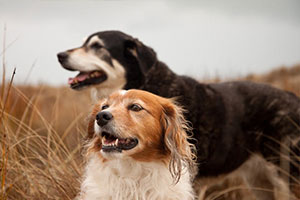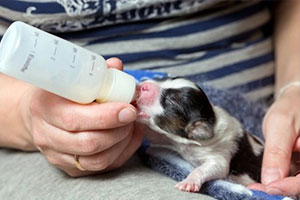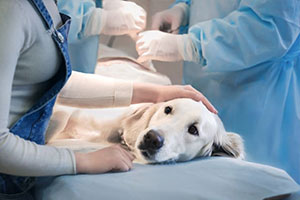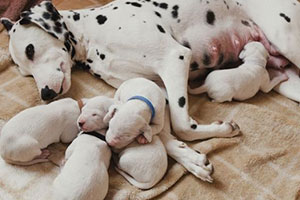Whelping for Dogs
Dogs Breeding | by
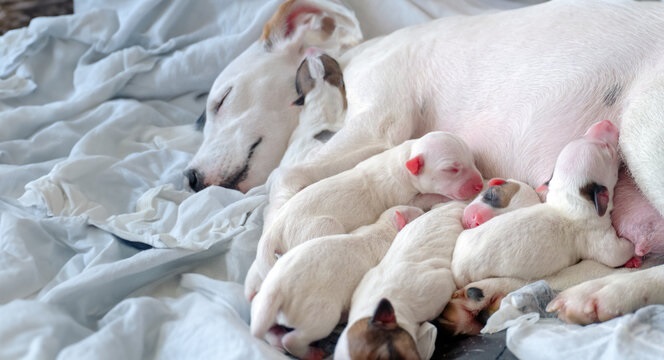
Whelping is a natural event. In nine cases out of ten there is no need for human interference; in ninety-nine cases out of a hundred, interference takes place before it is necessary.
Be prepared. Let the veterinarian know well in advance. He or she may have confirmed that the bitch is in whelp, but ask the vet to note the expected date on the calendar. Make sure that you have decided where the bitch is to whelp, and that she has agreed with you. If it is to be in a special place, and in a special bed, introduce her to it a week or two in advance, and teach her that it is now her bed. The ideal place is a quiet corner without passing traffic, and away from where the children play. Bear in mind that you, or the vet, may have to attend to her at some stage. Under the stairs may not be prefect for this reason.
She should have a whelping box. It needs to be large to accommodate the bitch and a litter, which may number as many as twelve puppies. Most breeders will show you a suitable box with a rail around the edge to prevent the bitch lying on her puppies and squashing them. Some bitches are very clumsy. Bedding for the box needs to be disposable - whelping are accompanied by a great deal of mess. Almost universally the basic bedding for a whelping box is newspaper in large quantities, so start saving them some weeks in advance. You can always do the crossword while you are waiting for the puppies to arrive!
Most bitches give warning of imminent whelping by going off their food. If you have a thermometer you may use it at this stage. A dog's normal temperature is approximately 101.5ºF (38.5ºC). A drop in temperature of two or three degrees nearly always indicates that the bitch will start to whelp within twenty-four hours.
For several days before whelping many bitches will start to make a nest somewhere, usually somewhere inappropriate. Most bitches become very restless a few hours before they start to whelp.
Right up to the point of producing her first puppy, a family pet that in the nature of things is used to human company will probably want the comfort of human attention, but once she starts to strain for the first puppy, the great majority of bitches will become uninterested in the people around them and just get on with the job of producing a litter.
It may take several hours from the time the bitch starts to strain until the first puppy is delivered. Provided she is continuing to strain, there is no panic. If, after serious effort for an hour or more, she stops trying, ask your veterinarian for advice.
The first sign that a puppy is due is the appearance of the water bag. This is an apt description for the fetal membranes; they look just like a small bag of water, which appears through the vagina. Do not attempt to remove it; it has the function of enlarging the birth canal to permit the following puppy to pass through.
The puppy may be born either head or tail first. Each is as common as the other, and the appearance of the tail first does not indicate a breach birth. The first puppy may take some time to be born after you get first sight of it, and it may often seem to disappear back up the canal. The time for concern is when the puppy is obviously stuck fast with no movement up or down, despite continued straining, or which the bitch appears to have given up straining and is lying exhausted. Veterinary attention is needed urgently.
